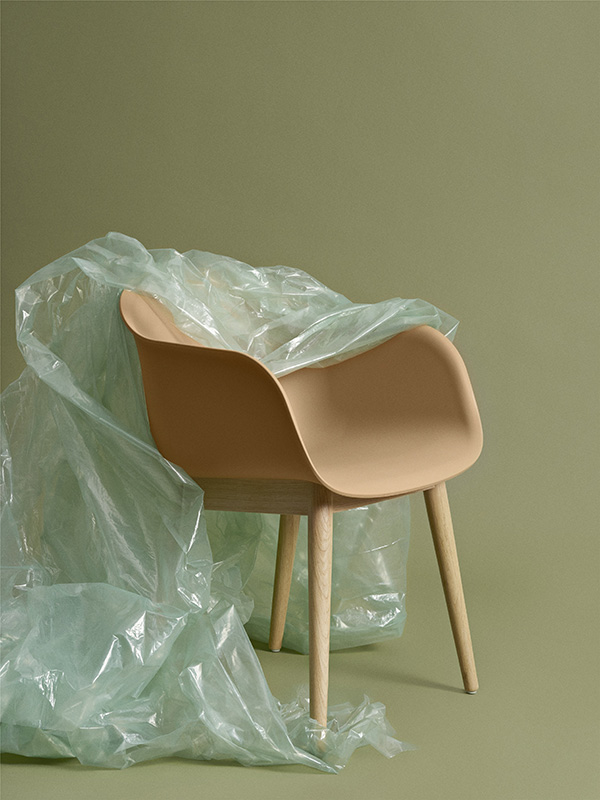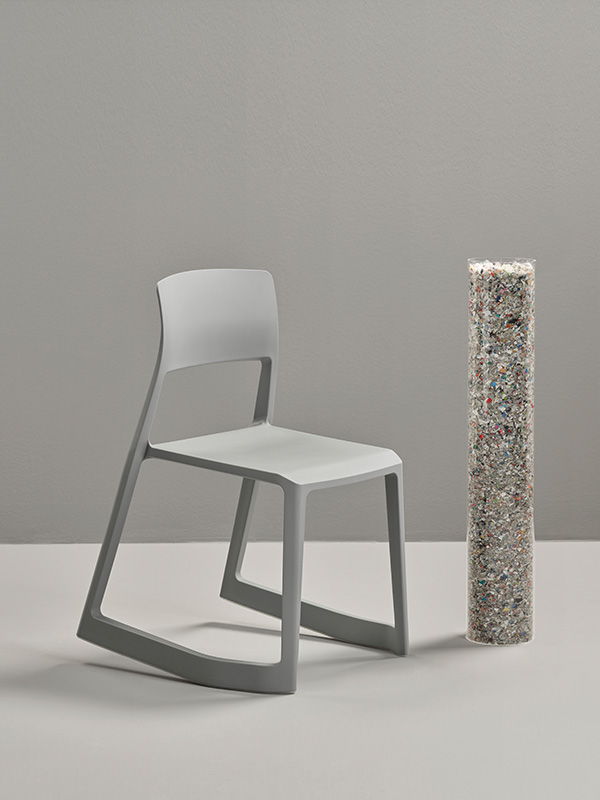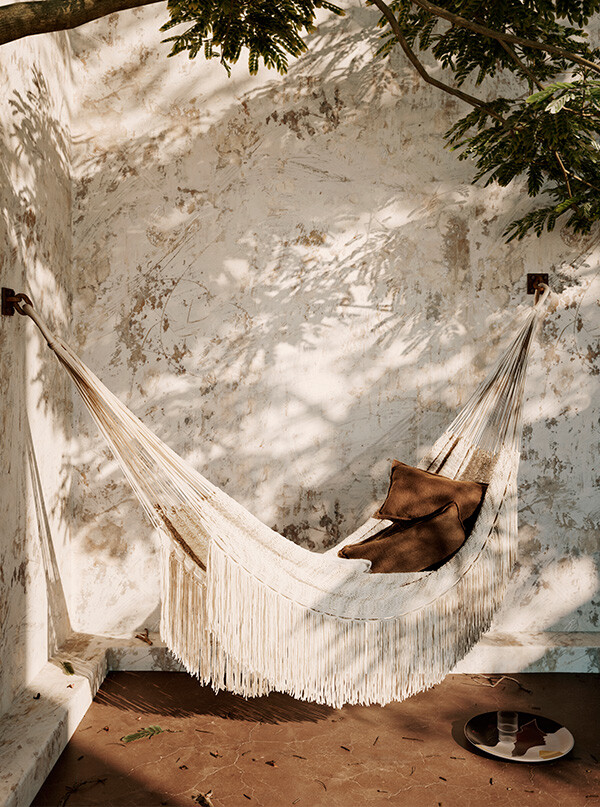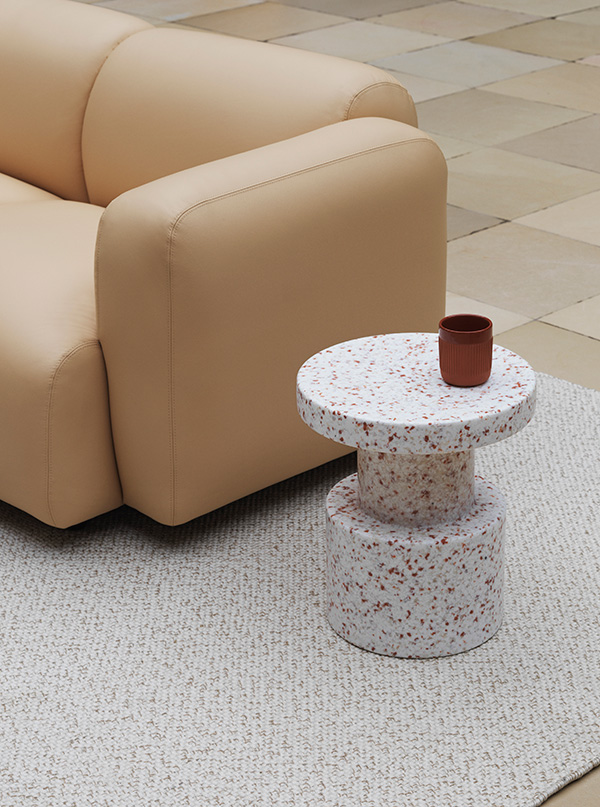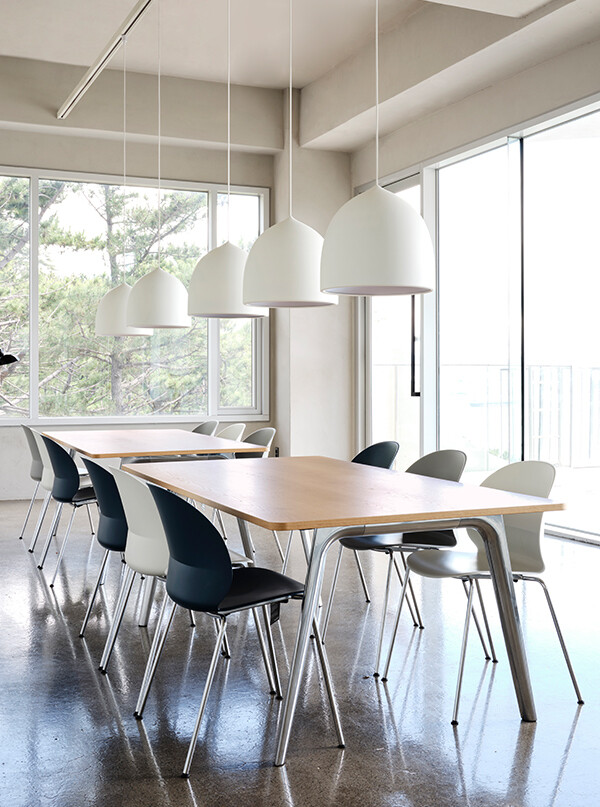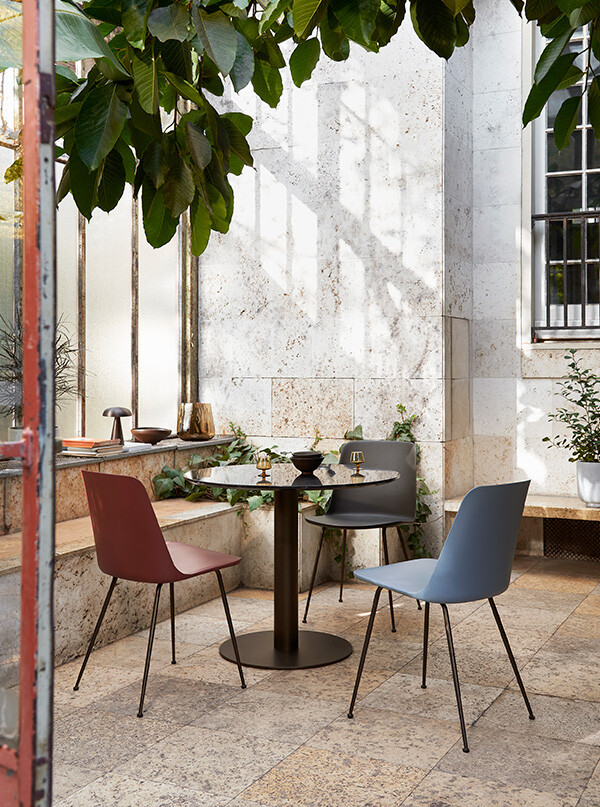Spotlight on: recycled plastic
What place does waste have in the production of furniture? This was just one of the questions raised at the 2022 edition of Stockholm Design & Architecture talks.
Join us to take a closer look at the idea of waste as a resource, specifically how we can use recycled plastics to create environmentally conscious furniture.
First held in 2002, Stockholm has cemented itself as one of the most important events in the calendar for discovering the best in Scandinavian design. To respect current covid-19 regulations in Sweden, the 2022 edition of the Design Week is taking place in two parts: with digital events held in February and in-person events in September.
Whilst we couldn’t yet attend Stockholm Design Week in person, we were certainly excited to join in virtually this month, attending the Stockholm Design and Architecture talks. With ‘being a game changer as the overall theme, the talks had a strong focus on sustainability, covering topics such as circularity, sustainable cities and waste as a resource.
Something that particularly captured our attention as part of the virtual discussions, today, we’re taking a closer look at waste as a resource – specifically the use of plastic waste within furniture design.
Plastic has been a huge part of the furniture design industry since the mid-century and it is an amazing material that can be sculpted, moulded, and embody vibrant colours. Some of the most iconic furniture designs in history have been crafted from plastic, including the Panton Chair, the Uten Silo, and the Eames Shell Chairs. However, when plastic becomes waste and enters our natural environments, it becomes a big problem.
What is the circular economy?
The Ellen MacArthur foundation defines the circular economy as being based on three core principles – to eliminate waste and pollution, to circulate products and materials and to regenerate nature.
“In our current economy, we take materials from the Earth, make products from them, and eventually throw them away as waste – the process is linear. In a circular economy, by contrast, we stop waste being produced in the first place.” – Ellen MacArthur foundation.
Waste as a resource
So, is it possible to rethink the way we use plastics in the furniture design industry, and create a circular economy for plastic? Furniture designers are at the forefront of this, developing new materials, production processes and aesthetics, all with circularity in mind.
When considering investing in furniture, the first question to ask is do you have a real need for the product? And if you do, it’s always worth investing in a high-quality design that will last for a long time, therefore reducing waste.
The second step toward circularity is to reduce the amount of virgin plastic being used for products and make use of recycled plastics wherever possible in production. The final consideration is to ensure that any plastics used are reusable, recyclable, or compostable – meaning they will not become waste at the end of a products life.
Here, we shine a light on some brands and products that embrace this idea of circularity and make use of high-quality recycled plastics to create swoon-worthy furniture designs.
The Mater Ocean Collection
The slats featured in the Mater Ocean collection have been produced from recycled fishing nets, mixed with up-cycled hard plastic. The recycled plastic is processed by Danish company Plastix, with fishing nets sourced from a global network of ports and plastic collectors.
The Ocean collection is also designed for disassembly, meaning that at the end of the products life, the parts can be separated easily and recycled once again.
Muuto Fiber Recycled
The seat shell of the Muuto Fiber chair is crafted from a minimum of 80% recycled plastic, with Muuto expecting to save more than 50 tons of virgin plastic in 2022 alone thanks to the switch. A small percentage of virgin plastic must be added to provide extra strength to the product – creating a highly durable design that will last for years to come.
The recycled plastic is sourced from post-industrial waste from the manufacturing of eyewear. The production process of the recycled plastic uses 100% renewable energy and any remaining carbon emissions are offset by supporting certified climate projects. Find out more at muuto.com.
Vitra Tip Ton RE
The Vitra Tip Ton Chair RE is made of at least 80% recycled polypropylene that is sourced from Germany’s yellow bag scheme. A mixture of household waste, from used packaging in particular forms the basis for the recycled material. To achieve the required stability and quality, this recycled material is mixed with a small proportion of glass fibres.
However, the chair is still 100% recyclable, with all pieces marked individually with recycling information.
ferm LIVING
Several products in ferm LIVING’s collection make use of textiles woven from recycled PET yarn - including the Desert chairs, the Way series, Hem rugs and the Path hammock. The recycled plastic used to create these products is sourced from all over India then crushed, compacted, and shredded before being spun into yarn. This processing and the final weaving into fabric also happens in India, specifically in the state of Uttar Pradesh.
This high-quality PET yarn can be recycled at the end of its life and repurposed once again.
Fritz Hansen N02 Recycle
A design that features the EU Ecolabel certificate and which is also GreenGuard Gold certified, the shell of the Fritz Hansen N02 Recycle Chair is made from 100% recycled polypropylene. This recycled plastic is made from household waste which has been sourced and processed in Europe.
As well as being made from up-cycled plastic, the N02 Recycle chair can itself be recycled at the end of its life, with larger plastic components identified with a recycling code to ensure correct sorting for recycling.
Eager to discover more? We’ve rounded up more designs that feature recycled plastics in our recycled plastics collection. Alternatively contact our team to find out more about the environmental certification of certain products.
Have you enjoyed reading this piece? We’d love to hear your thoughts on circularity within the design industries and the use of recycled plastics within furniture. Share your ideas or send us your questions via Instagram or Twitter @nest.co.uk.




